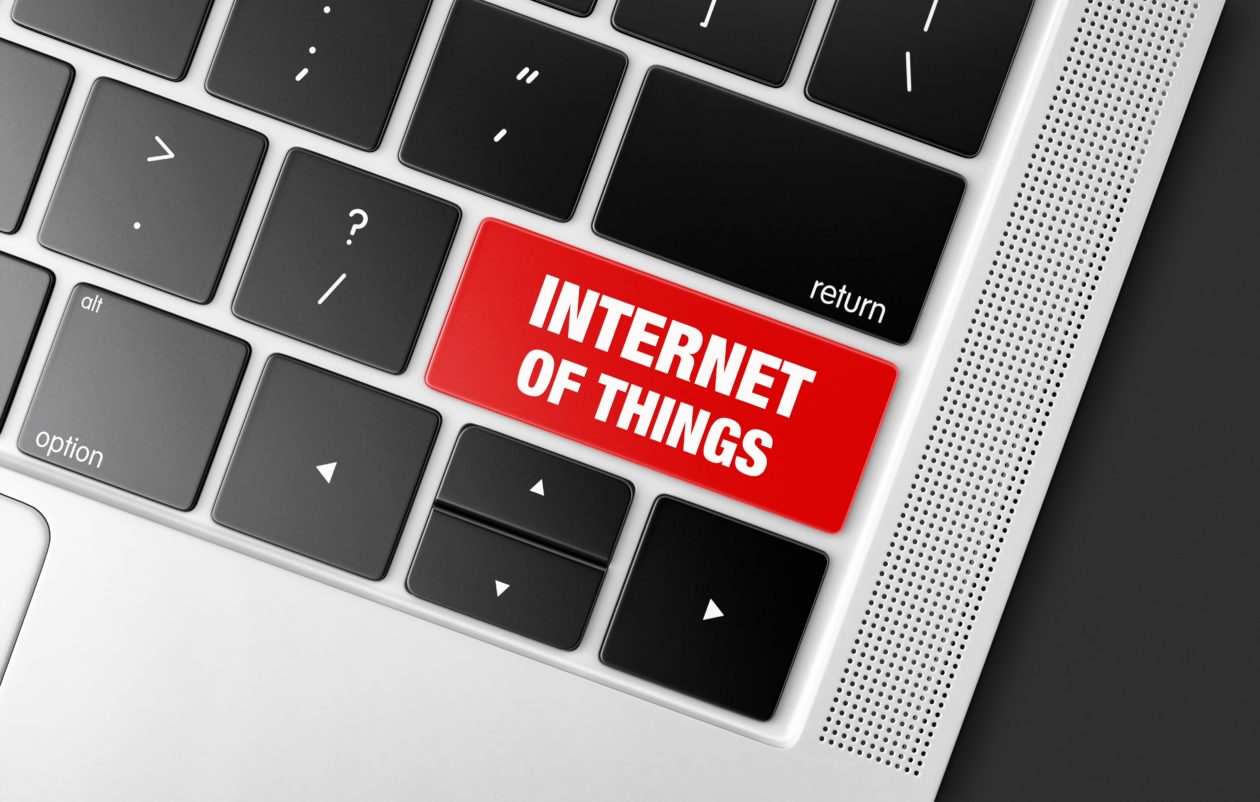In the last installment of this special 3-part series on the practical use cases for blockchain, authors Kosrow Dehnad and Joe Duncan weigh the benefits of this technology in the internet of things (IoT). Part 1 of the series explores blockchain’s potential in payments, and Part 2 examines how this technology’s decentralized nature can transform social media.
__________________________________
The value proposition of using blockchain is a shared, open-source database, with reliable information and 24/7 uptime, where the shared economic interest of data providers and users adds to the database’s authenticity and resilience. Whereas the benefit outlined in our previous article on social media was a distancing of read-only applications from responsibility for user data, the benefit of a shared industry-wide database would be even more measurable in the internet of things (IoT) when considering the insurance liability of driverless cars, for example.
In this case, if an accident occurs and there are questions pertaining to fault (i.e., was it the data, the car’s software, or was the car itself even in self-drive mode?), an open and shared database of immutable public records can make the audit process, and hence resolution of fault, much quicker and less costly to resolve.
The chart below helps visualize how such a setup would be configured.
External data sources like satellite-driven mapping provide the primary source of generic data, which is enriched from two-way communication with devices, sensors and other applications to direct a device (a car in this case) and its relationship to other vehicles, and to traffic signals and obstacles in the area. Where needed, the data could be “cleansed” by oracles like Chainlink. To maintain the cost of the database and its oracles, the devices, sensors, and other applications would pay a validation fee.
This would present a worthwhile value proposition to the extent the collective cost of running the database is less than potential cost reductions in insurance and legal fees. A key part then of making this a reality is the validation fee, which from the database’s perspective is simply payment for a transaction. In addition to ultra-low, micro cost, the database would also need to accommodate speed, because although the bits of data may be small, the frequency is often high, and it is only at large scale that binary digital bits can effectively replicate continuous analog feeds. (Perhaps Bitcoin creator Satoshi Nakamoto was contemplating the integration of Bitcoin with IoT when he commented that the trust model of the legacy financial system with its massive overhead made “micropayments impossible.”)
For our purposes, let’s define “micropayments” as transactions that as a rule of thumb have a value of less than US$0.01 (fee + transaction amount.) While we do not know whether Nakamoto had IoT in mind when he designed Bitcoin, we can clearly see that the current average Bitcoin transaction fee of US$5.16 exceeds this threshold by more than 500 times. Additionally, block confirmation time of more than 17 minutes is also too slow for real-time applications.
Tesla and Dogecoin — silly meets serious?
If ever there was a company to implement and test a blockchain-based IoT platform, it is Tesla. Not only have they made driverless vehicles a core integrated part of their vehicle offerings, they are also confronted with the question of legal and insurance liability when one of their vehicles is involved in an accident — for example, the recent announcement that auto regulators have opened probes into crashes involving 10 deaths where the company’s Autopilot system was in use. And if ever there were a CEO who would seek a blockchain solution it is Tesla CEO Elon Musk, a fan of Bitcoin’s database design, calling it “quite brilliant” in a February 2019 interview. In that same interview, however, Musk commented that “one of the downsides of crypto is that computationally it is quite energy intensive.”
Fast forward to May of this year, when Musk has quantified metrics by which blockchain can meet scale requirements from his perspective, commenting this time on the Bitcoin blockchain alternative Dogecoin. While the current level of Dogecoin’s cost per transaction of $0.59 places it outside of our micropayment rule of thumb of less than US$0.01, in May, Musk tweeted out the following scaling targets for Dogecoin:
If these metrics are met, Dogecoin transaction fees would drop to US$0.0059, less than a penny and opening up the possibility for use in IoT.
Musk also offered an optimistic assessment of the readiness for achieving this onchain citing rapidly rising bandwidth and computing power, while highlighting the need for Layer 2 solutions like Lightning at this point:

